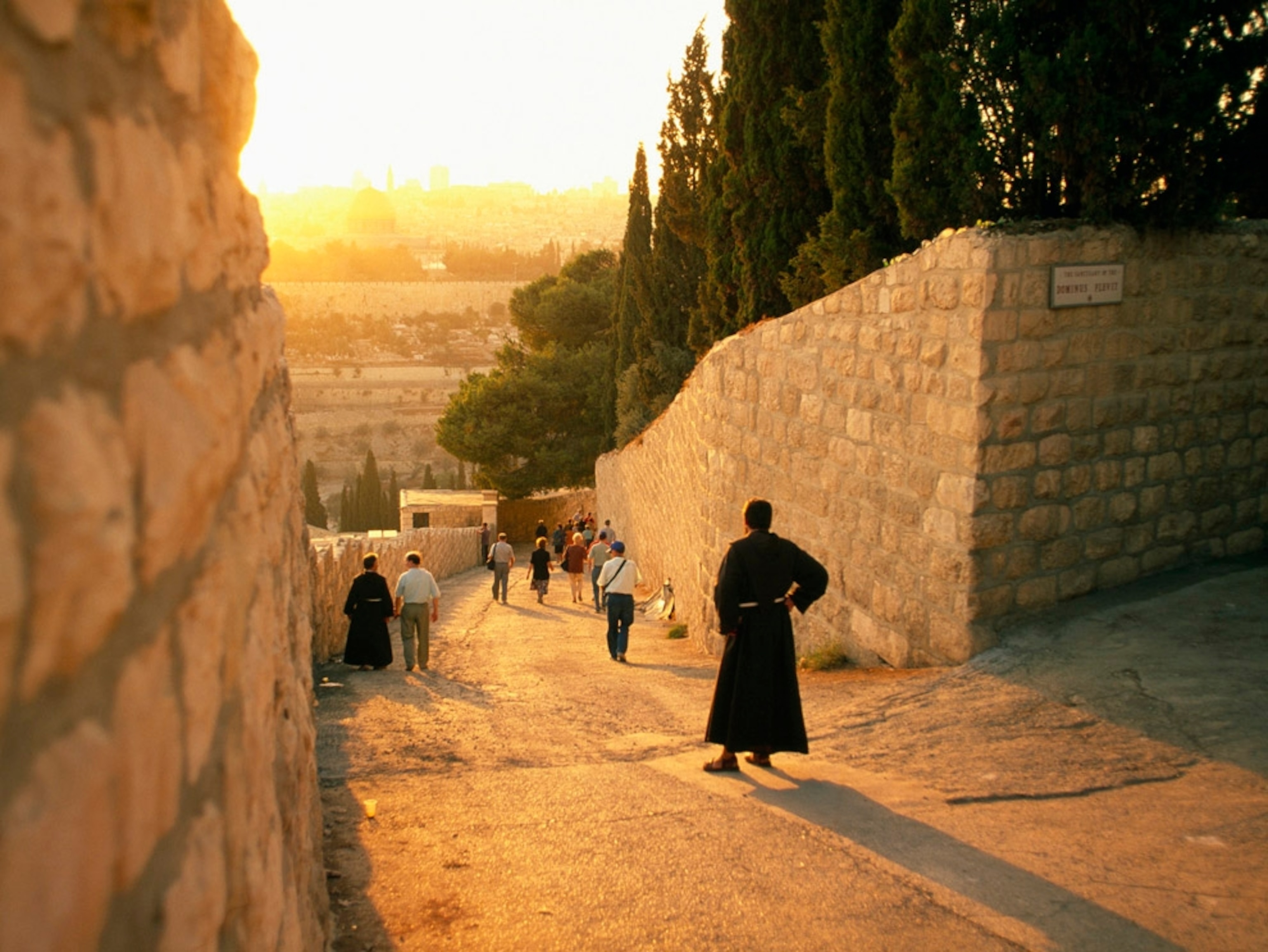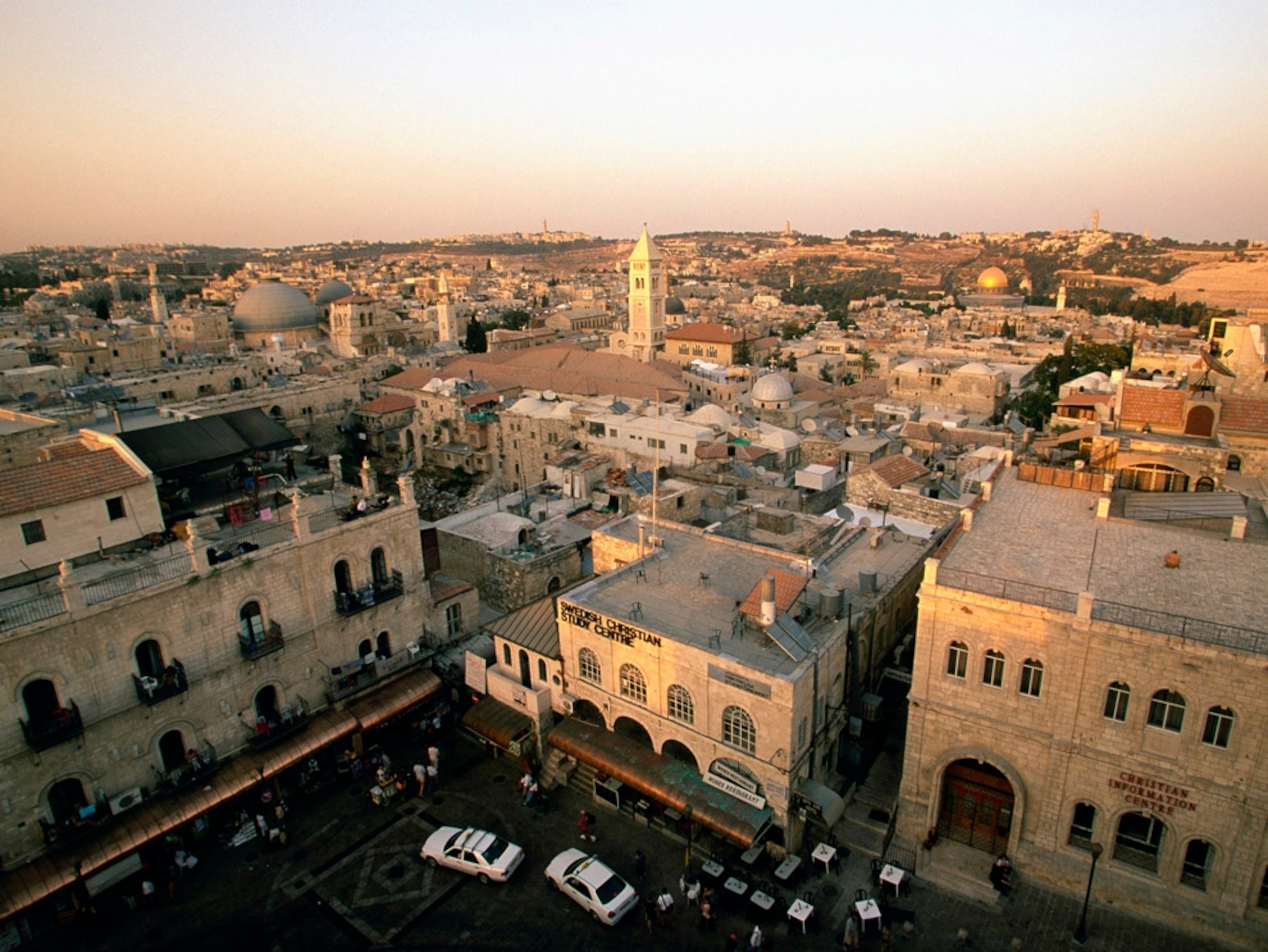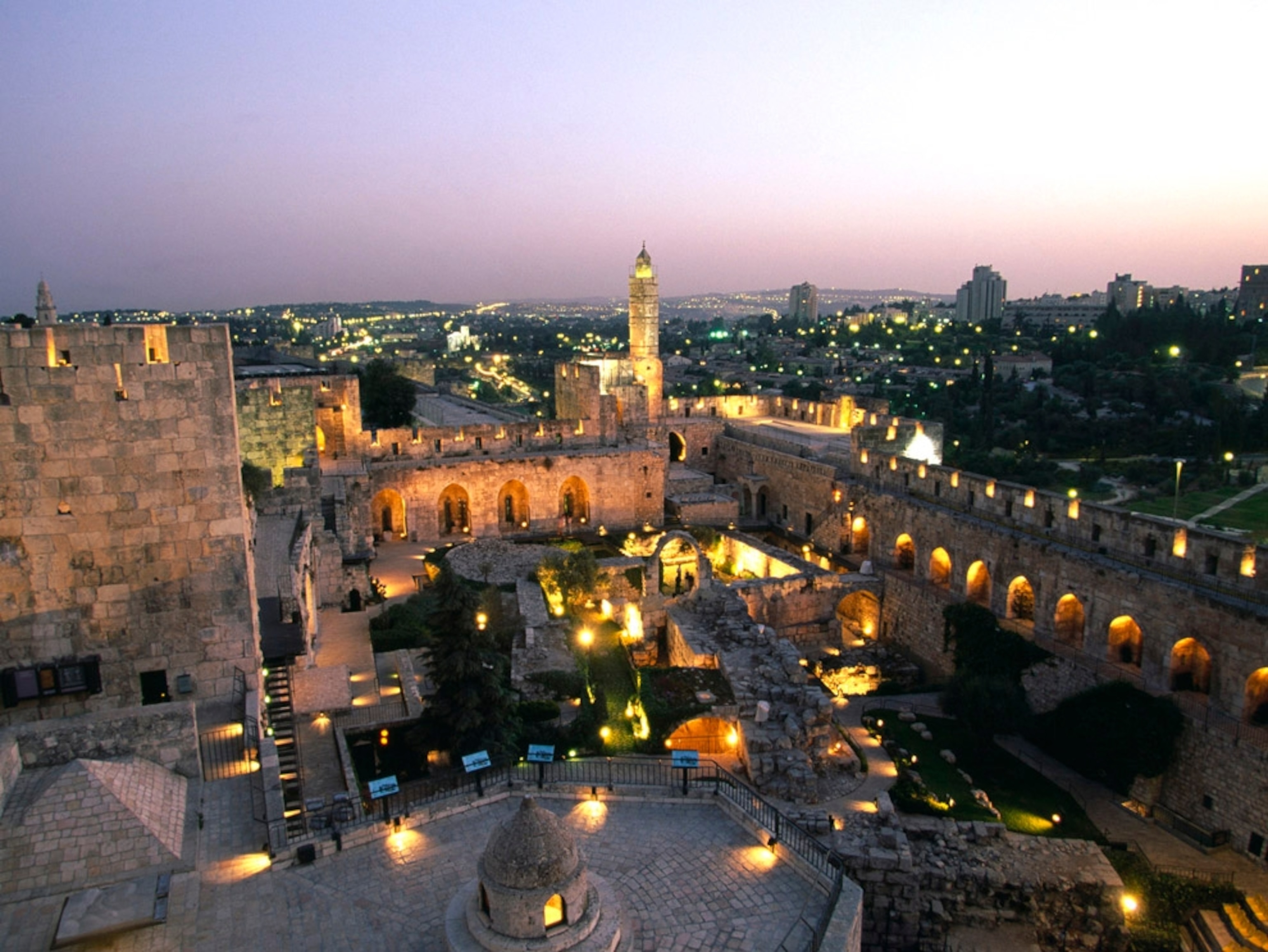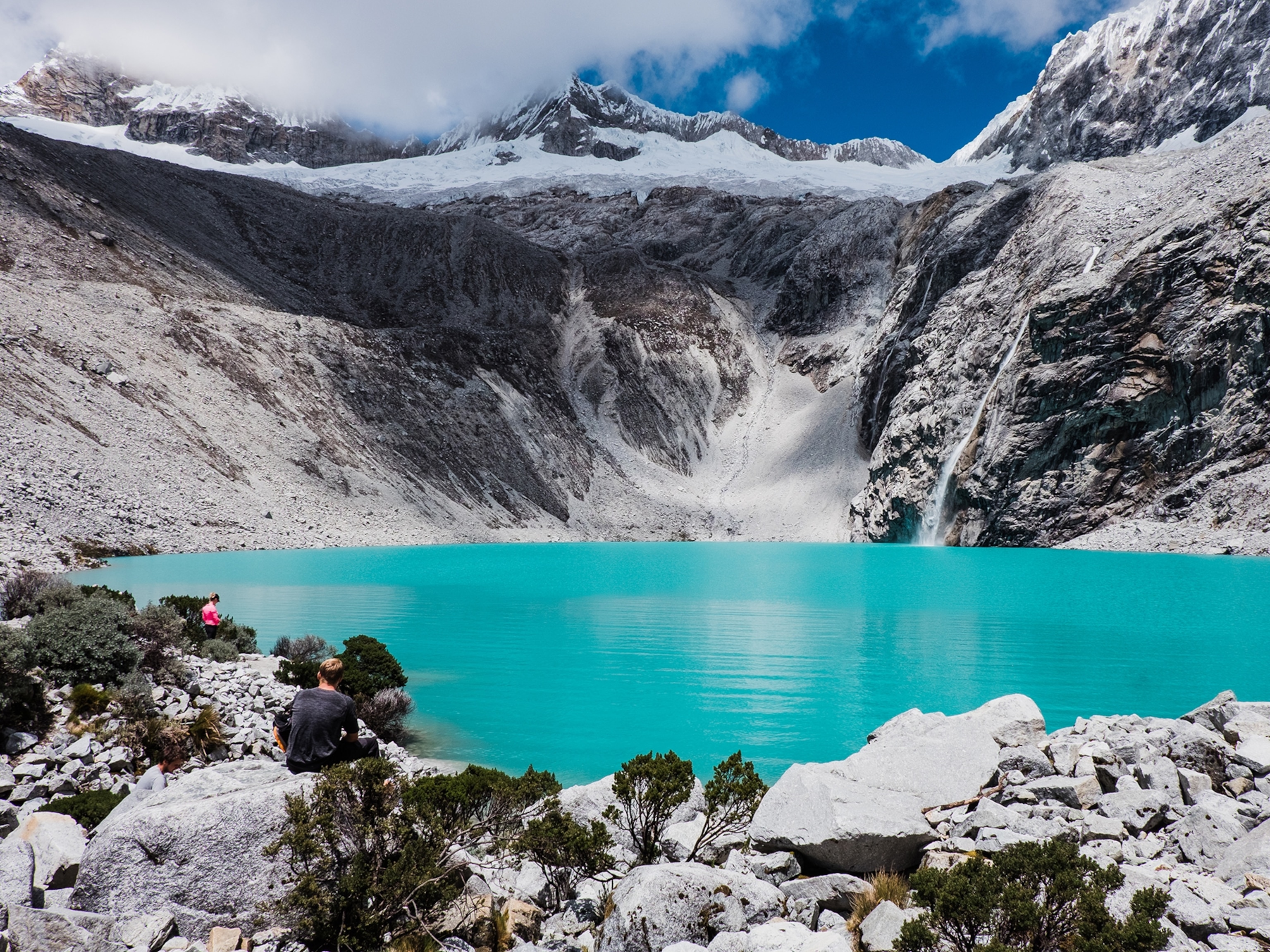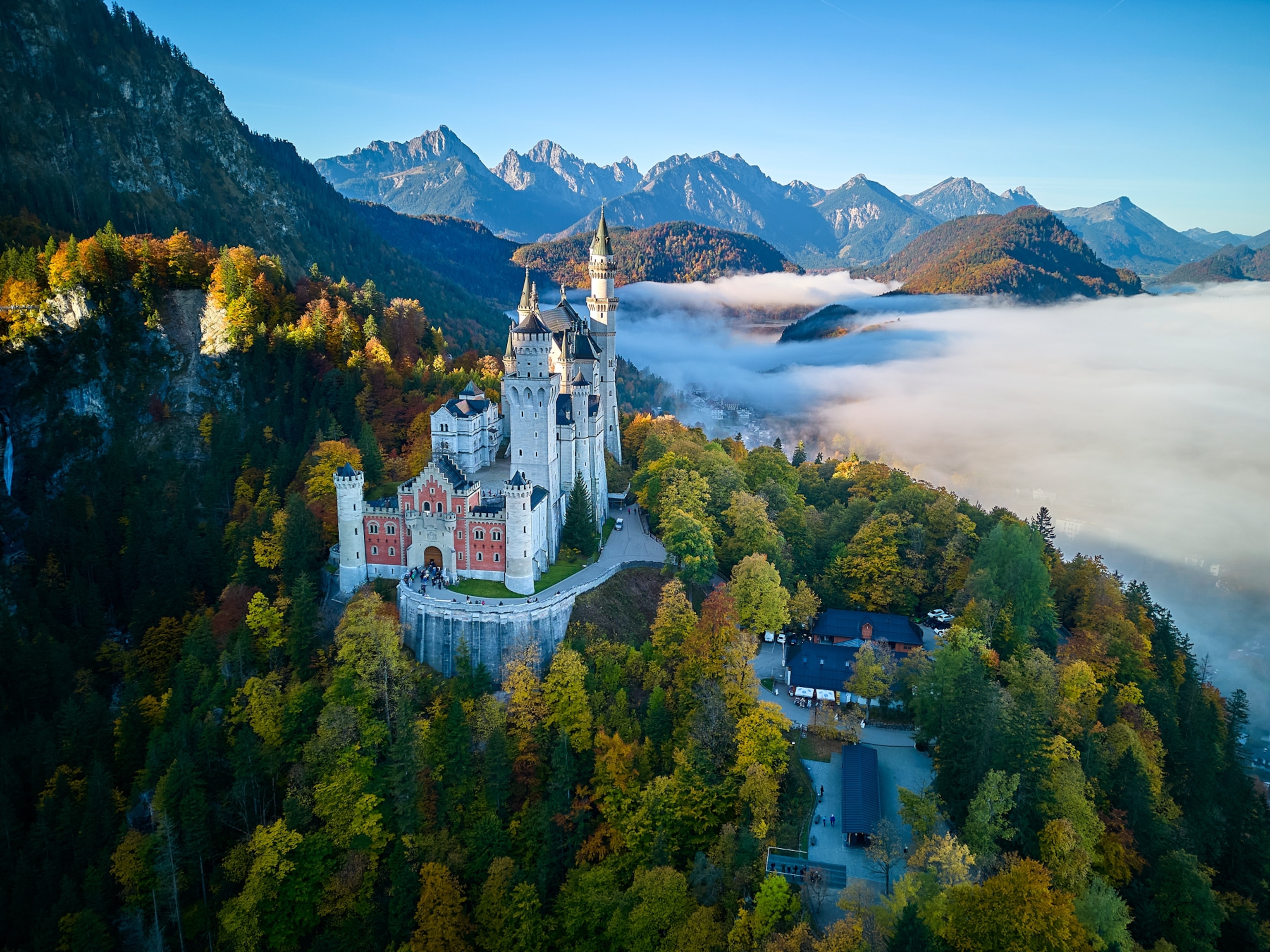Soar Over a Legendary Fortress in the Judean Desert
This remote palace complex of Masada looks as dramatic as the stories behind it.
Set high on a cliff above a forbidding, lunar-like landscape, the ancient fortress of Masada looks as dramatic as the legend behind it.
The remote palace complex is known as the site of a desperate last stand by Jewish patriots besieged by the Roman army, which allegedly culminated in a mass suicide pact rather than surrender.
The UNESCO World Heritage site stands guard over a barren expanse of the Judean Desert of Israel, broken by the blue of the Dead Sea sparkling in the distance. Pilgrims often arrive before dawn to make the hourlong climb up the winding path leading to the top of the cliff as the sunrise turns the desert sands from brown to rose.
Masada was built as a palace complex under Judean king Herod the Great, who reigned from 37 B.C. to 4 A.D. With a sophisticated water collection system that allowed it to sustain a thousand people in the isolated desert location, the complex was an engineering achievement as well as a classic example of the architecture of the early Roman Empire. But its greater significance is the symbolism it carries because of the legend associated with it.
A group of Jewish rebels revolting against Roman rule occupied the Masada site in 66 A.D. and held it for several years. Roman forces overwhelmed the fortress in 72 A.D. and eventually managed to breach the walls by constructing a giant ramp, the remnants of which are still a visible testament to the scene that unfolded.
According to the Romano-Jewish scholar Josephus, before the Romans could overrun the compound, the rebels agreed to commit suicide en masse; the men killed their own wives and children and then executed each other, with the last remaining man turning his sword on himself. According to this account, 960 people died in the mass slaughter, with only two women and five children surviving.
While some scholars have since cast doubt on this account, saying that the archeological record does not support it, the legend has taking on great symbolic importance in Jewish and Israeli culture and beyond. The site draws hundreds of thousands of visitors each year, including tech billionaire Elon Musk, who recently posted an Instagram selfie from the Masada with the tagline “live free or die.”
- National Geographic Expeditions
The complex later became the site of a small settlement of Christian monks, but they also abandoned the site around the 6th century A.D. After the dissolution of the settlement, Masadaremained abandoned for more than 13 centuries until it was rediscovered in 1828. Even after that, it was not extensively excavated until the 1960s.
Excavation and restoration of the site have been deliberately limited, with some concessions to modernity and tourism, including the construction of a cable car for visitors unable or unwilling to make the arduous hike to the top, as well as a visitor center and museum at the foot of the cliff. Public transportation runs from Jerusalem and Tel Aviv to the site, and regular organized tours are also available.
Jerusalem Sights
Abby Sewell is a freelance journalist based in Beirut covering politics, travel, and culture. Follow her on Twitter at @sewella.
